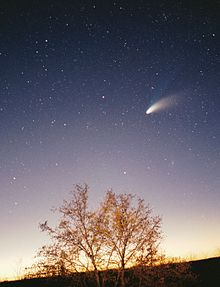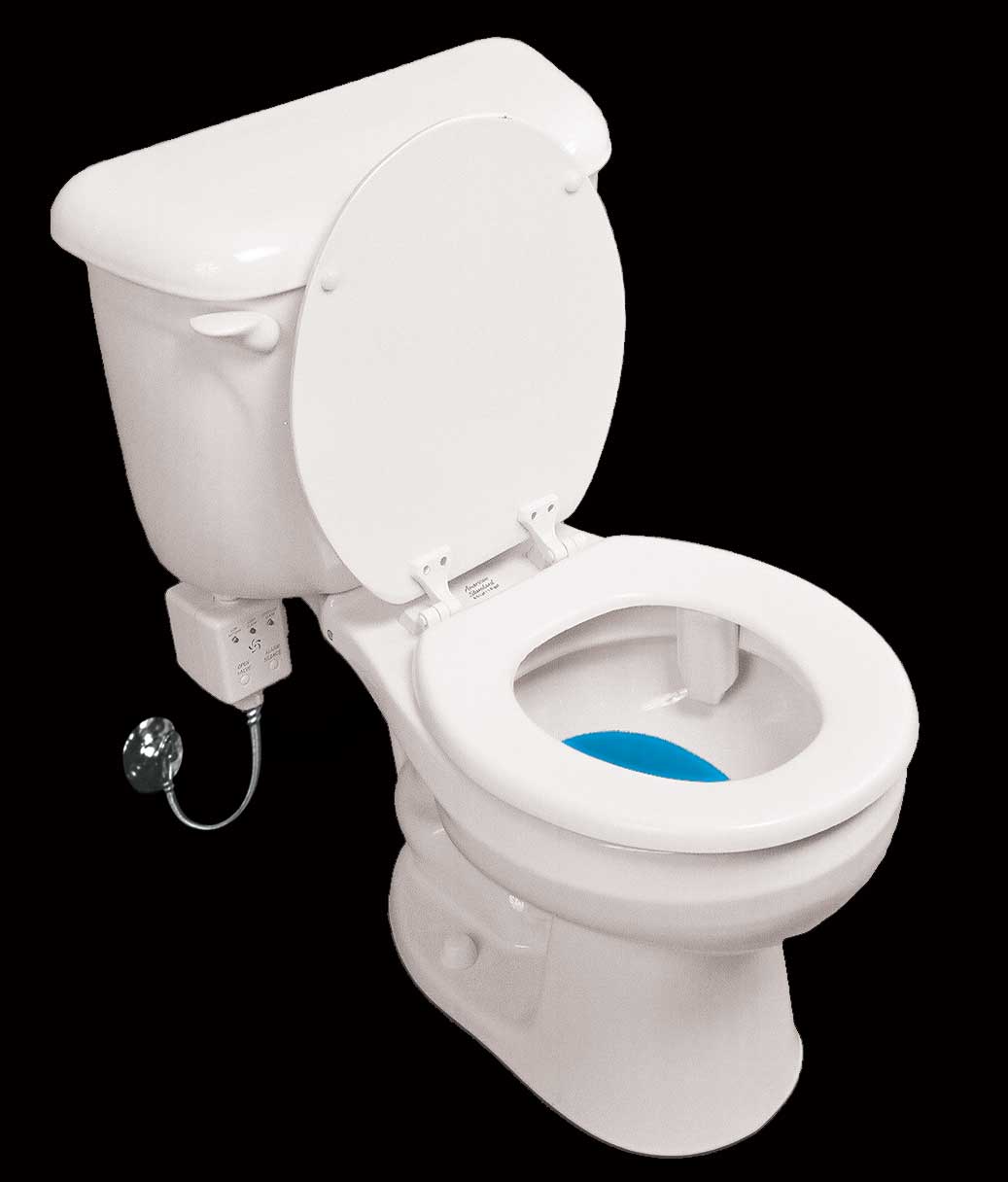 B-boying, often called "breakdancing", is a popular style of street dance that was created and developed as part of hip-hop culture among African Americans and, later, among Latino youths in New York City. The dance consists of four primary elements: toprock,downrock, power moves and freezes/suicides. It is danced to both hip-hop and other genres of music that are often remixed to prolong the musical breaks. The musical selection for b-boying is not restricted to hip-hop music as long as the tempo and beat pattern conditions are met. A practitioner of this dance is called a b-boy, b-girl, or breaker. These dancers often participate inbattles, formal or informal dance competitions between two individuals or two crews. Although the term "breakdance" is frequently used, "b-boying" and "breaking" are the original terms used to refer to the dance. These terms are preferred by the majority of the art form’s pioneers and most notable practitioners.
B-boying, often called "breakdancing", is a popular style of street dance that was created and developed as part of hip-hop culture among African Americans and, later, among Latino youths in New York City. The dance consists of four primary elements: toprock,downrock, power moves and freezes/suicides. It is danced to both hip-hop and other genres of music that are often remixed to prolong the musical breaks. The musical selection for b-boying is not restricted to hip-hop music as long as the tempo and beat pattern conditions are met. A practitioner of this dance is called a b-boy, b-girl, or breaker. These dancers often participate inbattles, formal or informal dance competitions between two individuals or two crews. Although the term "breakdance" is frequently used, "b-boying" and "breaking" are the original terms used to refer to the dance. These terms are preferred by the majority of the art form’s pioneers and most notable practitioners.
Terminology
Though widespread, the term "breakdancing" is looked down upon by those immersed in hip-hop culture. "Breakdancer" may even be used disparagingly to refer to those who learned the dance for personal gain rather than commitment to hip-hop culture. The terms 'b-boys', 'b-girls', and 'breakers' are the preferred terms to use to describe the dancers. The "b-boys" and "b-girls" were the dancers to Herc's breaks, who were described as "breaking". The obvious connection is to the breakbeat, but Herc has noted that "breaking" was also street slang of the time meaning "getting excited", "acting energetically" or "causing a disturbance". B-boy London of New York City Breakers and filmmaker Michael Holman refer to these dancers as “breakers”. Frosty Freeze of Rock Steady Crew says, “we were known as b-boys”, and hip-hop pioneer Afrika Bambaataa says, “b-boys, [are] what you call break boys… or b-girls, what you call break girls.” In addition, Santiago "Jo Jo" Torres (co-founder of Rock Steady Crew), Mr. Freeze of Rock Steady Crew and hip-hop historian Fab 5 Freddy use the term “b-boy”, as do rappers Big Daddy Kane and Tech N9ne.
The dance itself is properly called "breaking" according to rappers such as KRS-One, Talib Kweli, Mos Def, and Darryl McDaniels of Run-DMC in the breaking documentary The Freshest Kids. Afrika Bambaataa, Fab 5 Freddy, Michael Holman, Frosty Freeze, and Jo Jo use the original term "b-boying". Purists consider "breakdancing" an ignorant term invented by the media that connotes exploitation of the art.
History
Elements of breaking may be seen in other antecedent cultures prior to the 1970s, but it was not until the '70s that breaking developed as a street dance style. Street corner DJs would take the rhythmic breakdown sections (or "breaks") of dance records and loop them one after the other. This provided a rhythmic base for improvising and mixing and it allowed dancers to display their skills during the break. In a turn-based showcase of dance routines the winning side was determined by the dancer(s) who could outperform the other by displaying a set of more complicated and innovative moves while maintaining to hit specific beats of the break.
Shortly after the Rock Steady Crew came to Japan, breaking within Japan began to flourish. .Each Sunday b-boys would perform breaking in Tokyo's Yoyogi Park. One of the first and most influential Japanese breakers was Crazy-A, who is now the leader of the Tokyo chapter of Rock Steady Crew. He also organizes the yearly B-Boy Park which draws upwards of 10,000 fans a year and attempts to expose a wider audience to the culture.
Dance Technique
A separate but related dance form which influenced breaking is Uprock also called Rocking or Brooklyn Rock. Uprock is an aggressive dance that involves two dancers who mimic ways of fighting each other using mimed weaponry in rhythm with the music. Uprock as a dance style of its own never gained the same widespread popularity as breaking, except for some very specific moves adopted by breakers who use it as a variation for their toprock. When used in a b-boy battle, opponents often respond by performing similar uprock moves, supposedly creating a short uprock battle. Some dancers argue that because uprock was originally a separate dance style it should never be mixed with breaking and that the uprock moves performed by breakers today are not the original moves but poor imitations that only show a small part of the original uprock style
It has been stated that breaking replaced fighting between street gangs. On the contrary, some believe it a misconception that b-boying ever played a part in mediating gang rivalry. Both viewpoints have some truth. Uprock has its roots in gangs. Whenever there was an issue over turf, the two warlords of the feuding gangs would uprock. Whoever won this preliminary battle would decide where the real fight would be. This is where the battle mentality in breaking and hip-hop dance in general comes from. "Sometimes a dance was enough to settle the beef, sometimes the dance set off more beef."
Dance Technique
Toprock generally refers to any string of steps performed from a standing position. It is usually the first and foremost opening display of style, though dancers often transition from other aspects of breaking to toprock and back. Toprock has a variety of steps which can each be varied according to the dancer's expression (ie. aggressive, calm, excited). A great deal of freedom is allowed in the definition of toprock: as long as the dancer maintains cleanness, form and the b-boy attitude, theoretically anything can be toprock. Toprock can draw upon many other dance styles such as popping, locking, or house dance. Transitions from toprock to downrock and power moves are called drops.
Downrock (also known as "footwork" or "floorwork") is used to describe any movement on the floor with the hands supporting the dancer as much as the feet. Downrock includes moves such as the foundational 6-step, and its variants such as the 3-step or other small steps that add style. The most basic of downrock is done entirely on feet and hands but more complex variations can involve the knees when threading limbs through each other.
Power moves are acrobatic moves that require momentum, speed, endurance, strength, and control to execute. The breaker is generally supported by his upper body, while the rest of his body creates circular momentum. Notable examples are the windmill, swipe, and head spin. Some power moves are borrowed from gymnastics and martial arts. An example of a power move taken from gymnastics is the Thomas Flair which is shortened and spelled flare in b-boying.
Freezes are stylish poses, and the more difficult require the breaker to suspend himself or herself off the ground using upper body strength in poses such as the pike. They are used to emphasize strong beats in the music and often signal the end of a b-boy set. Freezes can be linked into chains or "stacking" where breakers go from freeze to freeze to the music to display musicality and physical strength.
Suicides like freezes are used to emphasize a strong beat in the music and signal the end to a routine. In contrast to freezes, suicides draw attention to the motion of falling or losing control, while freezes draw attention to a controlled final position. Breakers will make it appear that they have lost control and fall onto their backs, stomachs, etc. The more painful the suicide appears, the more impressive it is, but breakers execute them in a way to minimize pain.








